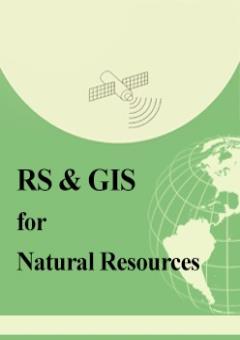-
-
List of Articles
-
Open Access Article
1 - Vegetation Vulnerability Probability Index: A Method for Determining Desertification Risk
Esmail Heydari Alamdarloo Pouyan Dehghan Rahimabadi Hassan Khosravi Javad Rafie Sharifabad Hassan Barabadi -
Open Access Article
2 - Investigation of Talar Watershed Health the using Watershed Health Assessment Framework
kaka shahedi behrooz mohseni babak moumeni -
Open Access Article
3 - Comparison of the effectiveness of machine learning methods in modeling fire-prone areas (Ilam Province, Darehshahr City)
maryam mohammadian Maryam Morovati Reza Omidipour -
Open Access Article
4 - Comparison of soil organic carbon estimation using remote sensing and Near Infrared spectrum in forest and agricultural land uses in Gyan area, Hamadan province
Soheilasadat Hashemi Parinaz Abdoli -
Open Access Article
5 - Spatio-temporal Variations of Snow-covered Days in the Northwest of Iran using Remote Sensing Data
Abbas Kashani Bromand Salahi Amirhossein Halabian Batool Zeinali -
Open Access Article
6 - Effects of Land Use and Land Morphology on Land Surface Temperature: A Case Study for Bojnourd City, North Khorasan
zahra parvar marjan mohammadzadeh sepideh saeidi
-
The rights to this website are owned by the Raimag Press Management System.
Copyright © 2021-2025







